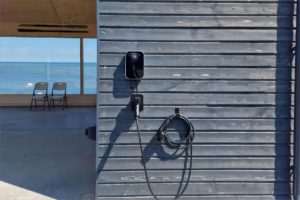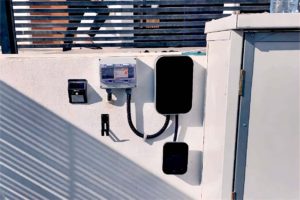In recent years, EV charging has become the daily demand of electric vehicle owners as the penetration rate of EV (Electric Vehicle) is getting higher and higher. Regarding electric vehicle charging, it is necessary to master the correct and scientific charging method in order to keep the service life of the electric vehicle battery within the normal range or even prolong it.
What should EV owners know about charging electric vehicle with EVSE (Electric vehicle supply equipment)? Let’s take a look at the methods and precautions for charging electric vehicles.
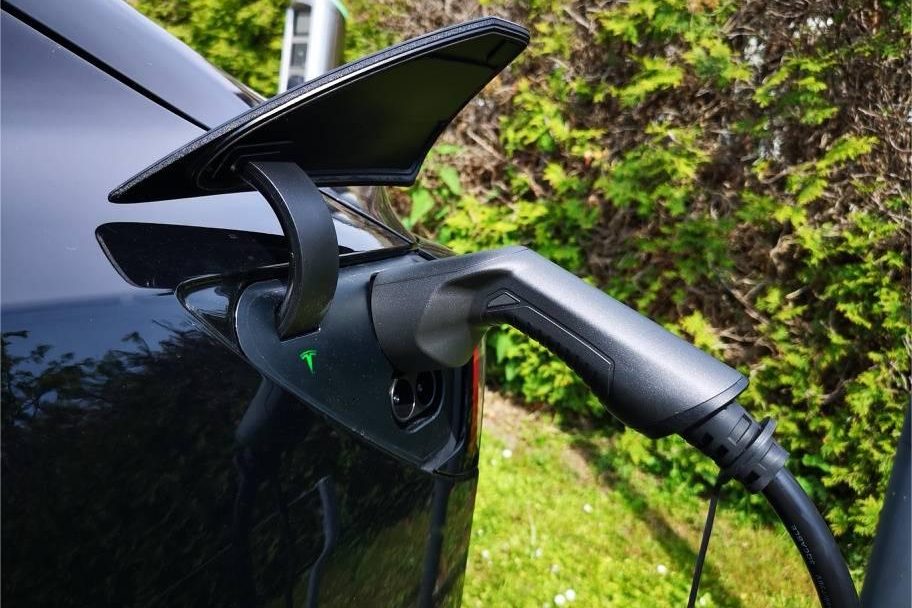
Electric Vehicle Charging Methods
At present, most electric vehicles on the market only support slow charging and fast charging, and are equipped with corresponding charging ports. In addition to slow charging and fast charging, there are three other ways to charge electric vehicles, such as battery swap, wireless charging and mobile charging. However, these three charging methods have not yet been widely used. Let’s take a look at how electric vehicles are charged.
1. AC Slow Charging
AC slow charging generally uses Portable EV Charger and home car charging station for charging. Mainly through the on-board charger, the alternating current is converted into direct current to modulate the appropriate current, and then the battery is charged in three stages (similar to mobile phone charging), its current and power being relatively small.
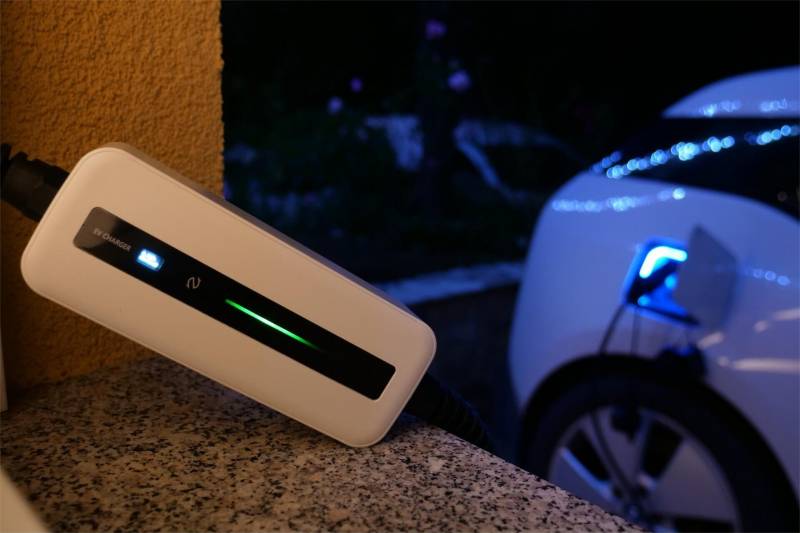
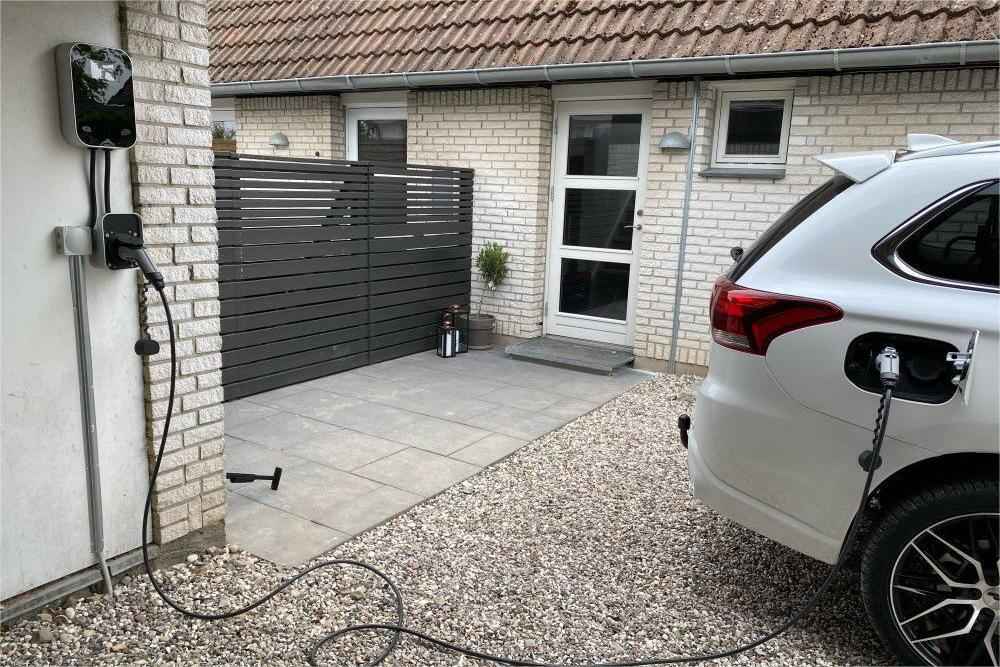
How long does it take to charge an electric car using AC slow charging?
Generally it takes 6-8 hours.
- Although the AC slow charging method is used to charge electric vehicles with relatively small current and power and the charging speed is slow which is better for the batteries, the battery service life of slow charging is the longest among all the electric vehicle charging methods.
- In addition, compared with DC fast charging, AC slow charging can charge more. Normally, the car shows higher charging amount after slow charging than that of fast charging.
- The most important point is that it is cheap! When using slow charging, you can make full use of the low-peak period of electricity to reduce costs, and ensure that the voltage is stable during the charging period at the same time.
2. DC Fast Charging
Fast charging includes two forms: EV charging station and mobile supplementary electric car, mainly by providing modulated high-current DC power to the battery, bypassing the on-board charger and directly charging the battery with high current. The battery can be charged to about 80% in a short time. Generally, it can be fully charged in 1 hour.
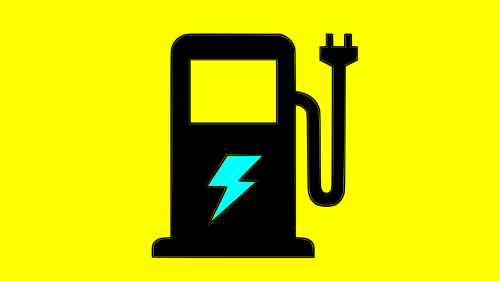
How long does it take to charge an electric car using DC fast charging?
Generally it takes 1 hours to fully charge the car.
- Compared with home EV charging station, DC fast EV charging station is usually much larger in volume and more complex in structure, so the cost is higher and there are relatively less DC fast EV charging station. Moreover, the operation of DC fast EV charging station requires specialized and powerful equipment, so it is mainly used in commercial and industrial environments, which means that DC fast charging is not suitable for home use.
- Frequent fast charging will cause certain damage to the battery compared to slow charging. After all, fast charging uses a current that is several times or even 10 times higher than the standard charging current for charging. At the same time, there are certain security risks.
- Although fast charging station charges electric vehicles at a higher speed, the utilization rate of electric energy is low (wasting electricity).
Let’s make an analogy, if an electric car is a person who needs to eat normally, then slow charging is delicious food that he digests naturally to acquire energy while fast charging is equivalent to using glucose directly to maintain his life when he is not sick.
Therefore, fast charging should only be used as an emergency charging method for electric vehicles, not as a daily charging method. Taking slow charging as a daily charging method and fast charging as an emergency charging method is the best charging solution for your car.
3. Battery swap
A battery swap is a way to charge an electric vehicle by replacing its battery. When the battery of the electric vehicle is exhausted, replace the battery pack that is too low with a fully charged battery, and send the replaced battery to a battery swap station for charging. By swapping electricity at a swapping station, an electric car can be “resurrected” in a matter of minutes. This is one of the ideal solutions to the long charging time of electric vehicles, which can bring new choices and experiences to green travel.
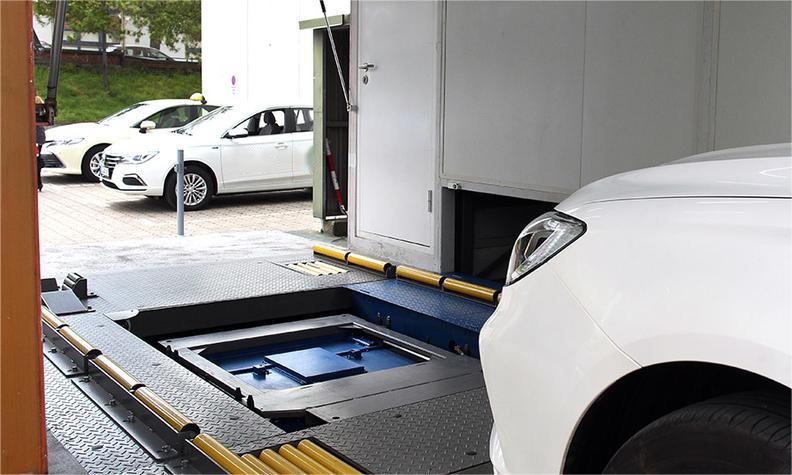
- The battery size, energy density and battery structure of each electric vehicle are different and cannot be unified. As a result, the battery swap station can only serve a single brand of electric vehicle models, which is easy to cause problems such as repeated construction of the battery swap station and low use efficiency.
- Different electric vehicle batteries are installed in different ways and locations, resulting in different ways to replace batteries. Different battery swapping methods are difficult to be compatible with different electric vehicle models.
The principle of wireless charging is easy to understand. The transmitting end generates a changing magnetic field through a changing current, and the receiving end generates a current by inducing the changing magnetic field. The biggest benefit is to enhance the user experience! The most intuitive difference from wired charging is that when arriving at the parking space you do not need to get out of the car to pull out the charging gun and insert it into car outlet. With the future “memory parking” function, wirless charging experience will be excellent.
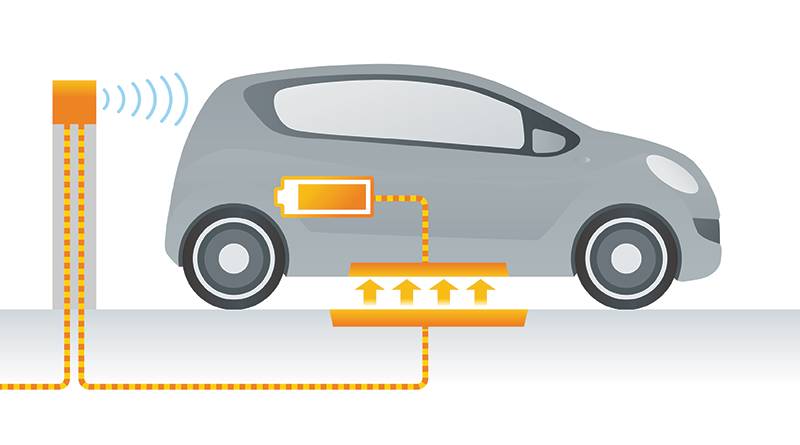
- Wireless electric vehicle charging is currently low in power. The problem of power is solved, but there is also the problem of power consumption. The distance between the car chassis and the ground is at least 100mm or more than 200mm for some SUV models, which results in a significant loss in charging power.
- Secondly, just like wireless charging for mobile phones, when charging EVs wirelessly, the position between the device and the charging pad must be accurate. Sometimes large position offset will cause charging failures.
- In addition, there are safety issues since the charging magnetic field will cause harm to living bodies. Metal foreign objects in the magnetic field will also cause disruption to the charging system.
5. Mobile charging
Mobile charging is an extension of wireless charging. The mobile charging system will be buried under a section of road, and the charging section will be demarcated, and no additional space is required. EV owners don’t need to find charging stations and specially spend time charging their EVs because they can be charged while on the road. However, now that wireless charging has not been fully realized, it will take a long time to realize the charging of electric vehicles by means of mobile charging.
Electric Vehicle Charging Precautions
1. Don't let the battery of the electric vehicle be fully charged or drained
When charging an electric vehicle on a daily basis, it is not necessary to charge the vehicle to its full capacity every time. The best way to charge is to keep the battery between 20% – 90%. Repeatedly charging the battery to 100% may cause it to degrade quickly. In the same way, draining the electric vehicle’s battery to nearly empty every time will definitely affect it’s service life.
2. Try to choose AC slow charging for electric vehicle charging
Due to the fast charging speed which can fully charge an EV within an hour, many electric vehicle owners are more inclined to choose fast charging to charge their electric vehicles to meet their own charging needs. But as mentioned earlier, using fast charging for a long time is like a person choosing to go to the hospital to use glucose to maintain his life while he’s not sick and only needs to eat food normally. Slow charging can not only ensure normal battery life, but also reduce safety hazards.
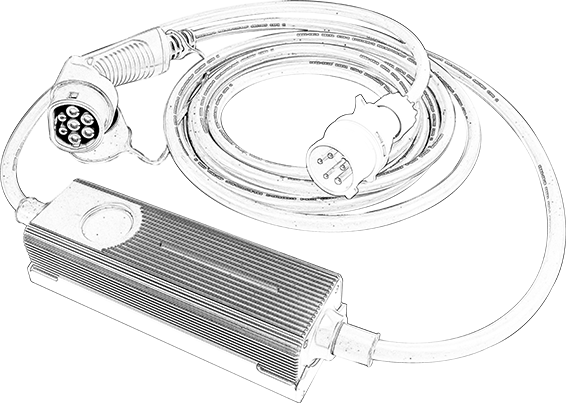
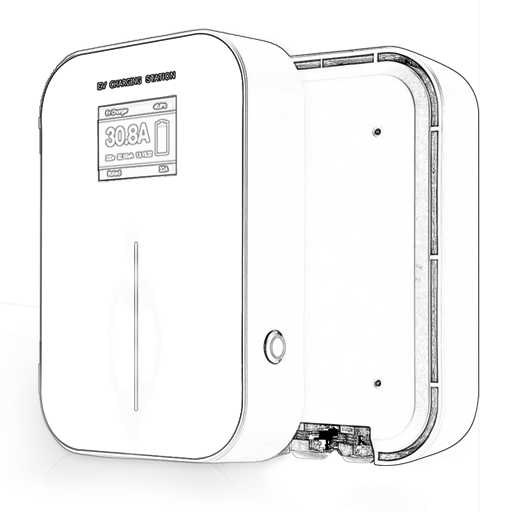
3. Avoid excessive discharge of electric vehicle batteries
Contrary to gasoline vehicles, electric vehicles can run out of batteries even if they’re parked for a long time without being used. If the electric vehicle is left unused for a long time, the battery will be discharged. In the long run, the battery will lose power seriously, which will affect its service life. Therefore, it is necessary to regularly track the time of the last charging and the overall performance of the battery, and charge your electric vehicle on time. Generally, it is necessary to charge your vehicle once a month to ensure the safety of the electric vehicle.
4. Avoid charging electric vehicles at high temperatures
Regardless of the battery, charging at high temperatures will shorten its service life. At the same time, since the charger and battery generate a lot of heat when the electric vehicle is being charged, the poor ventilation environment may cause safety hazards due to overheating. Therefore, direct charging should be avoided in a high temperature environment, and it is best to choose a cool and ventilated place to charge the electric vehicle.
5. Check EVSE (Electric Vehicle Supply Equipment) before charging the electric vehicle
Develop the habit of checking the car charging interface and the charging gun interface before charging. Be sure to keep both of them dry. If it is rainy and snowy, try to choose to charge in an indoor environment if possible.
6. Avoid the heating of the electric vehicle charging plug
Looseness of the plug and oxidation of the contact surface will cause the plug to heat up. Excessive heating time will lead to a short circuit or poor contact of the plug, damage the EVSE and the battery, and cause unnecessary losses. When the above situation is found, the oxide should be removed in time or EVSE parts should be replaced.
7. Turn off the power supply in the car when charging the electric vehicle.
When your electric vehicle is charging, be sure to turn off electrical equipment such as audio, air conditioner. The power consumption while charging will accelerate the battery consumption and cause the battery to heat up. In the long run, the service life of the battery will be affected.
8. Pull out the charging gun after charging is complete
Pulling out the charging gun directly before the charger stops working will damage not only the battery but also the Electric Vehicle Supply Equipment, so wait for the charging to be completed beforer unplugging the charging gun.



